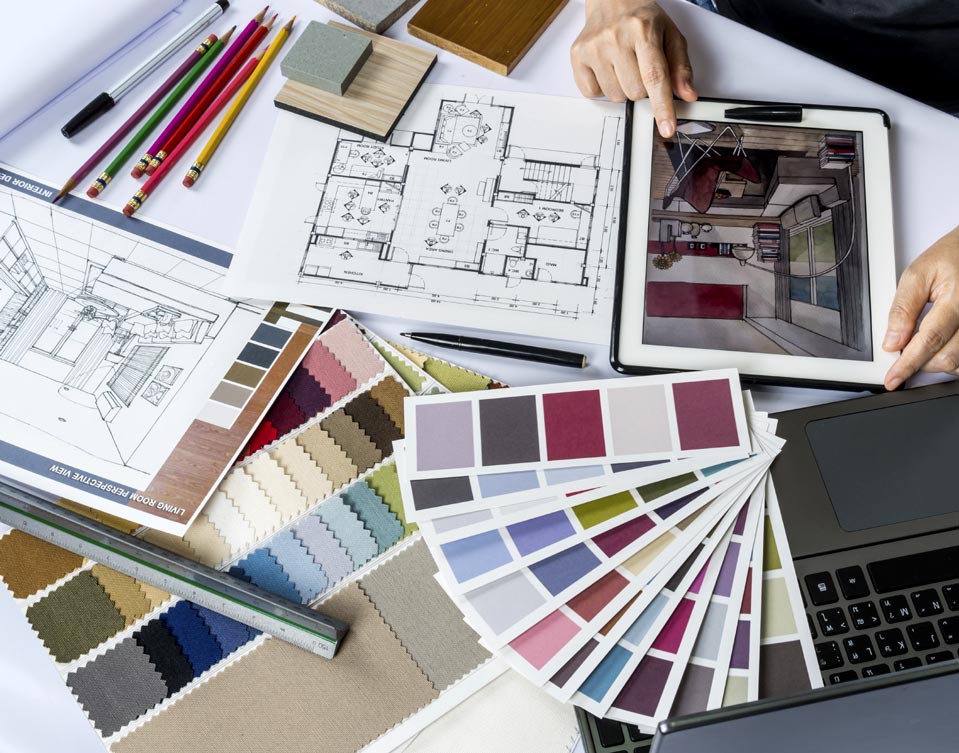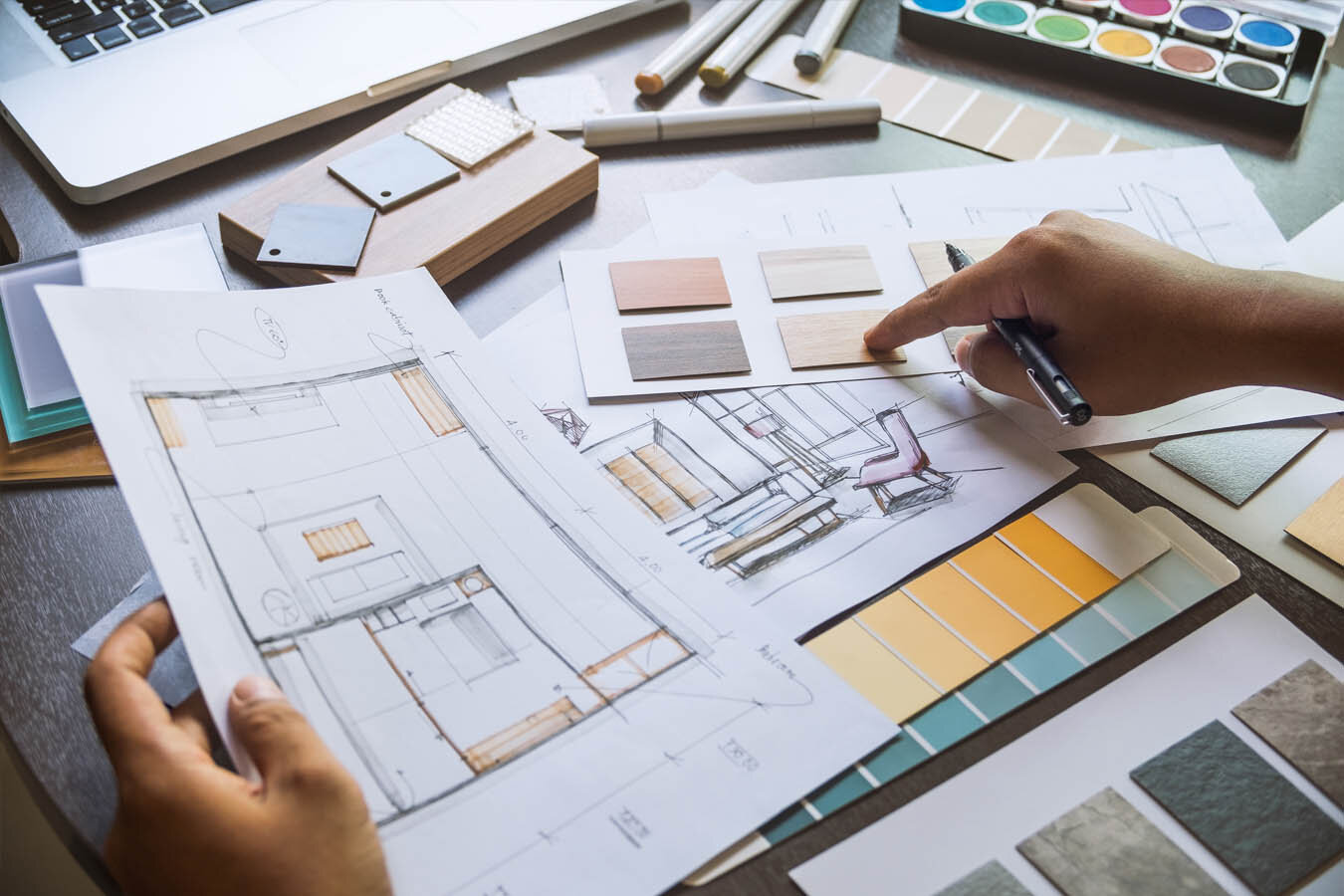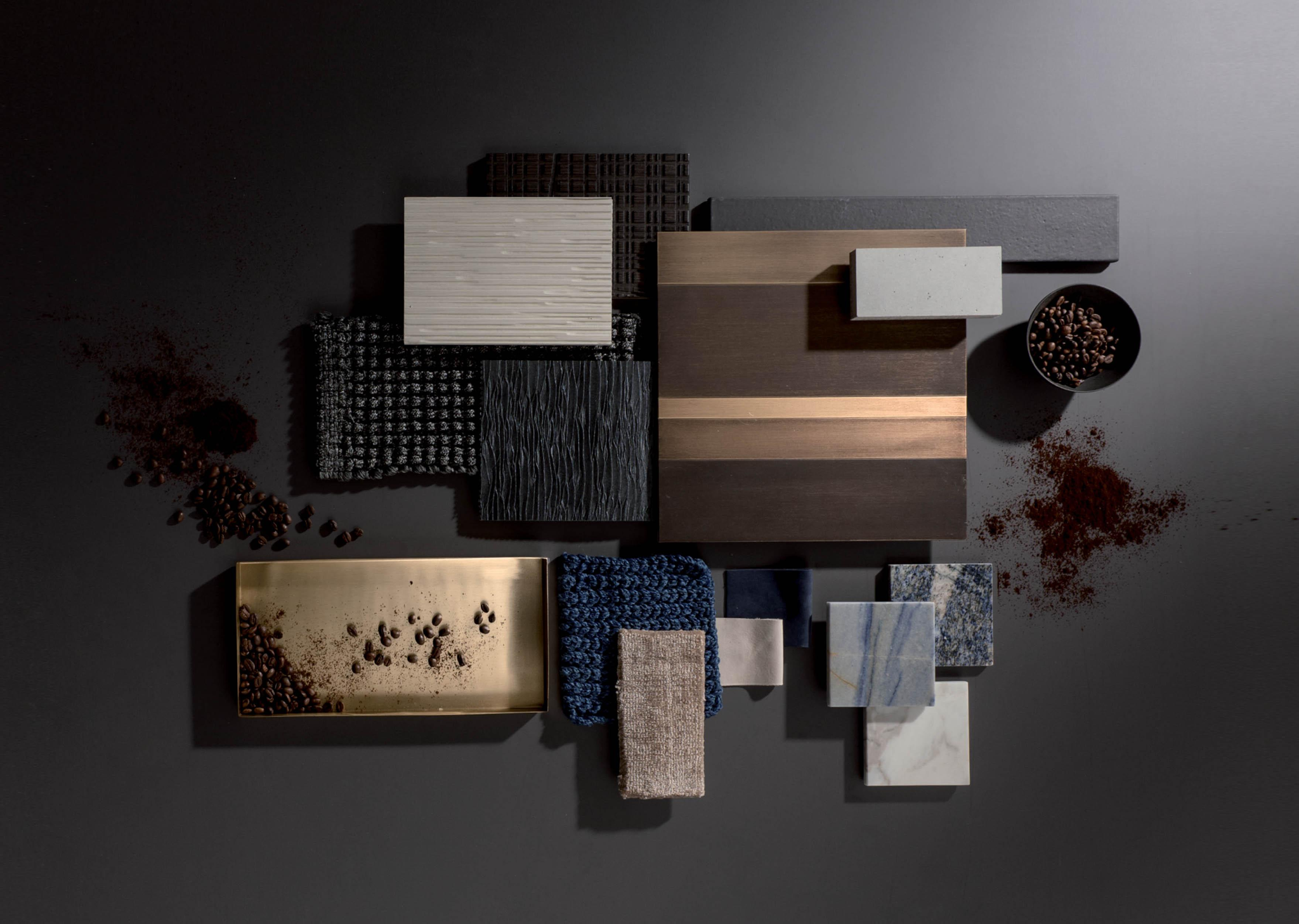As an interior designer, the tools and supplies you use can make or break your creative vision. After working in this industry for over a decade, I’ve curated a comprehensive list of supplies every interior designer should consider. This article will provide an in-depth overview of essential tools, materials, and tips that will elevate your design work and enhance your client presentations.
Key Supplies Every Interior Designer Needs
Whether you’re just starting or looking to refine your toolkit, understanding the core supplies is crucial. Here’s a categorized breakdown:
1. Design Tools
From sketching to digital design, your tools can define the quality and efficiency of your output. Here’s what you should have:
- Sketchbooks: Ideal for brainstorming and initial concepts.
- Pencils and Markers: Various grades for detailed sketches.
- Measuring Tools: Tape measures and laser distance meters for accuracy.
- Color Swatches: A must for exploring and presenting color ideas.
- Computers and Software: Design software like AutoCAD, SketchUp, and Adobe Creative Suite.
2. Presentation Materials
Effectively communicating your ideas to clients is crucial. The right presentation materials can help:
- Sample Boards: To showcase color palettes and material choices.
- 3D Models: Help clients visualize the space better.
- Digital Portfolios: Essential for showcasing past projects.
3. Fabric and Material Samples
Offering a hands-on experience with fabrics and materials can greatly influence a client’s decision. Include:

- Textile Swatches: A variety of textures and colors.
- Finishes Samples: Wood, metal, and other surfaces.
- Wallpaper Samples: To provide wall treatment options.
Choosing the Right Interior Design Supplies
Not all supplies are created equal, and what works for one designer may not work for another. Let’s dive into some factors to consider when making your choices.

Quality vs. Cost
Investing in quality supplies can save you time and money in the long run. While it’s tempting to opt for cheaper options, I’ve learned through experience that investing in durable materials often leads to better outcomes and client satisfaction.
Personalizing Your Toolkit
Your style as a designer should reflect in the tools you choose. Personalization not only enhances your comfort but also boosts creativity. For instance, I prefer using eco-friendly materials where possible, aligning my supplies with my values.

Essential Supplies Comparison Table
| Supply Type | Brands | Price Range | Pros | Cons |
|---|---|---|---|---|
| Sketchbooks | Moleskine, Strathmore | 10-30 USD | Durable, good paper quality | Can be expensive |
| Measuring Tools | Stanley, Bosch | 20-100 USD | High accuracy, multiple functionalities | Some models can be bulky |
| Design Software | Adobe, AutoCAD | 20-500 USD/month | Industry standard, powerful tools | Can have a steep learning curve |
Top 10 Supplies for Interior Designers
Based on my experience and industry standards, here are the top 10 supplies you should prioritize:
- High-quality sketchbooks
- Precision measuring tools
- Color swatches and palettes
- Textile and material samples
- 3D design software
- Digital portfolio tools
- Sample boards for presentations
- Eco-friendly materials
- Comfortable workspace furniture
- Networking resources and contacts

Tips for Maximizing Your Supplies
Once you have your supplies, it’s essential to maximize their effectiveness. Here are a few tips:
1. Stay Organized
Use storage solutions to keep your materials organized. A tidy workspace can help you think clearly and work more efficiently.

2. Regularly Update Your Materials
Trends change, and so do client preferences. Keep your portfolio and samples current by periodically updating them with new designs and materials.
3. Network and Share Resources
Collaborating with fellow designers can give you access to resources you might not have considered. Sharing samples or tools can also build community.

Frequently Asked Questions (FAQs)
What are the best tools for interior design?
The best tools often include high-quality sketchbooks, digital design software, and a variety of measuring tools. Quality over quantity is essential.
How can I choose the right color palette for my designs?
Utilize color theory principles and experiment with color swatches. Online tools can also assist in crafting complementary palettes.
What are eco-friendly materials in interior design?
Eco-friendly materials include sustainable woods, recycled metals, and organic fabrics. These materials not only help the environment but also appeal to a growing number of environmentally-conscious clients.
How do I create a digital portfolio?
Begin by selecting your best work, then use design platforms like Adobe Portfolio or Behance to showcase your projects professionally. Ensure your portfolio is easy to navigate and visually appealing.
Conclusion
Every interior designer has their unique style and approach, but having the right supplies is fundamental to executing your vision. By investing in quality tools and materials, personalizing your toolkit, and staying organized, you can elevate your design practice. I hope this guide serves as a valuable resource as you enhance your skills and take your projects to the next level. Happy designing!